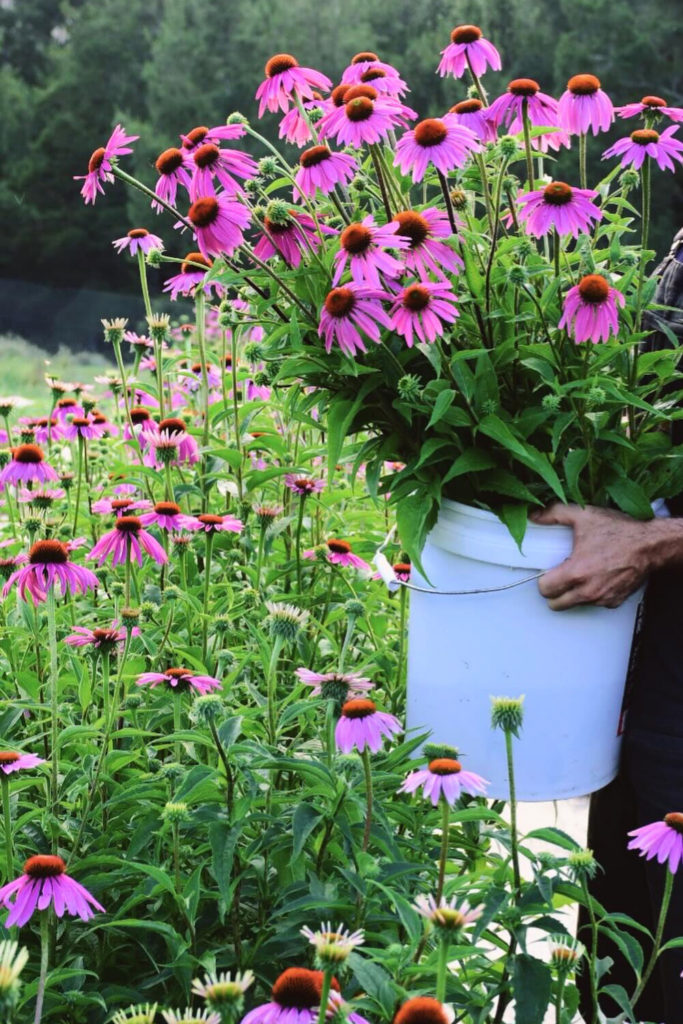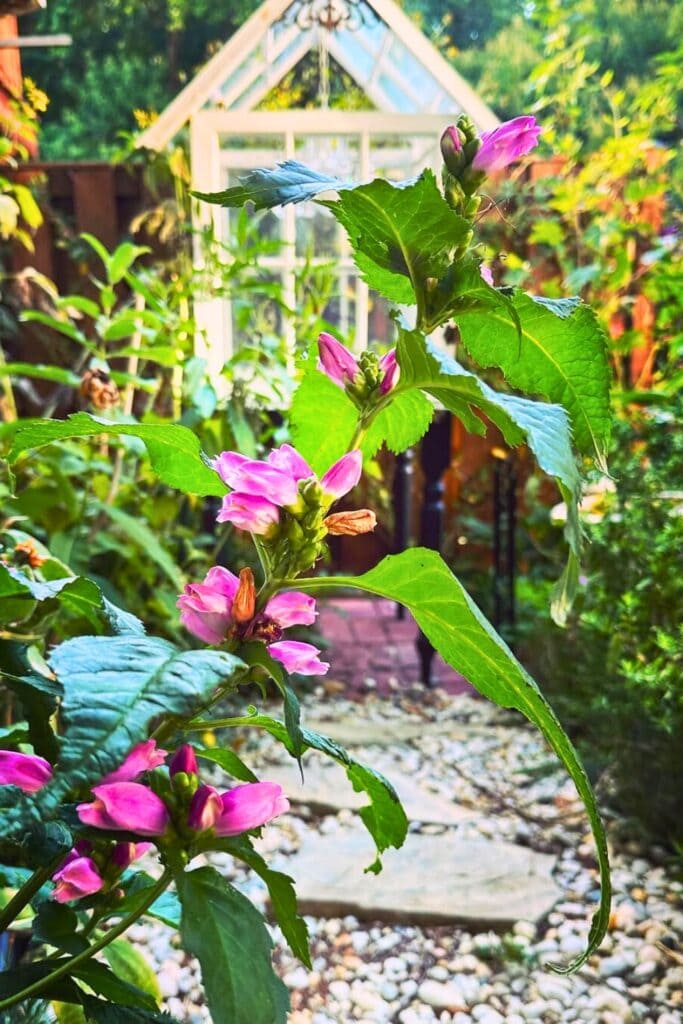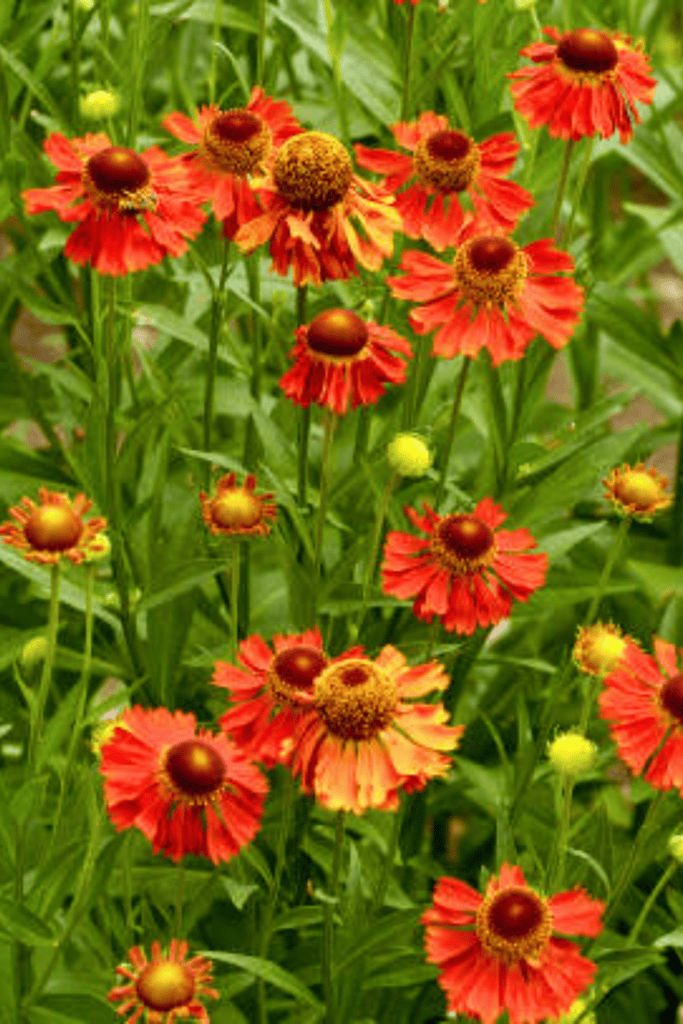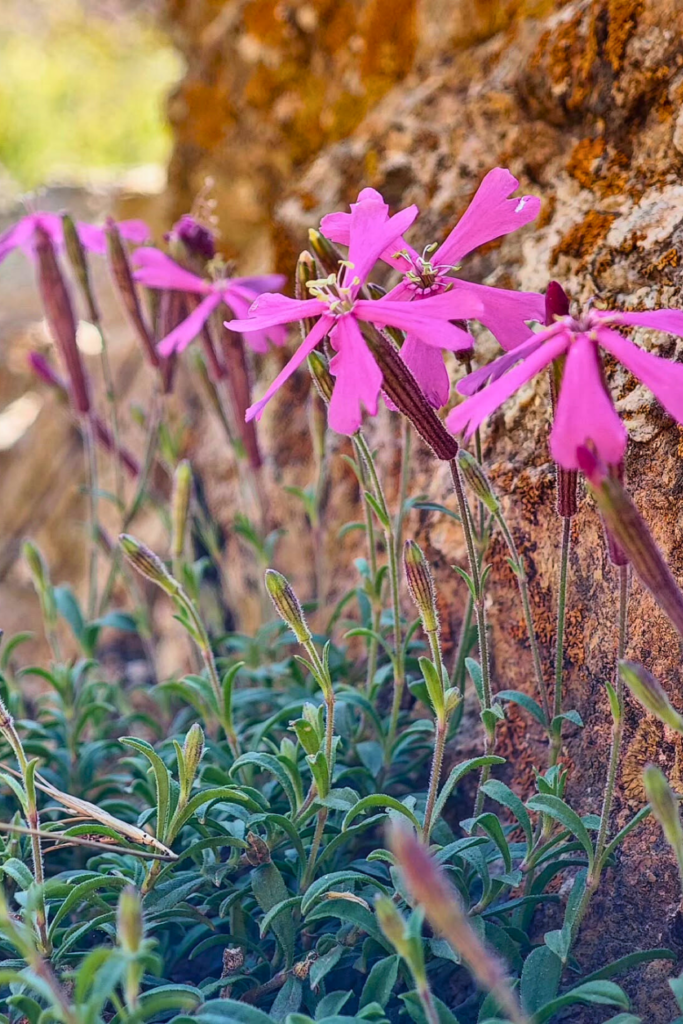Gardening is as much about timing as it is about plant choice. September arrives with a softness in the air, cooler nights, and soil still warm from the lingering summer sun. For perennial lovers, this is an opportunity to plant wisely. Perennials thrive when planted in autumn because they have time to focus energy on root growth rather than top growth.
By spring, they awaken stronger, more established, and ready to dazzle. This article dives deep into why September is your golden month for planting and explores fifteen perennials that promise a lush fall presence and vibrant spring renewal.
Why Planting in September Works Wonders
When you plant perennials in September, you take advantage of a unique set of growing conditions. The stress of midsummer heat is behind you, so plants no longer risk drying out as easily. Soil temperatures remain warm enough to encourage rapid root expansion, a vital phase for perennials preparing to overwinter.
Rainfall tends to be more consistent, reducing the gardener’s burden of frequent watering. Weeds slow down, insect pests become less aggressive, and even local garden centers offer discounted perennials as they clear out summer stock. This combination of factors creates the ideal window for planting, ensuring healthier, more resilient plants in the months to come.
Top 15 Perennials to Plant in September
Each of the following perennials brings a unique personality to the garden. They differ in bloom time, texture, and maintenance needs, but all share one trait—they benefit enormously from fall planting. Here’s how to weave them into your garden narrative.
1. Geranium ‘Rozanne’

Geranium ‘Rozanne’ is a garden classic, known for its soft, violet-blue flowers with a hint of white at the center. Planting it in September allows it to send roots deep into the soil, establishing a robust foundation. Come spring, it will spread in gentle mounds, filling gaps between shrubs or softening the edges of borders. This hardy cranesbill thrives in both sun and partial shade, making it adaptable to varied garden spots. Even in clay soils, it finds its footing, rewarding minimal care with months of blooms that begin in early summer and carry through fall.
2. Purpletop Vervain ‘Verbena bonariensis’

Verbena bonariensis offers a wild, airy elegance with tall, slender stems topped by small clusters of purple flowers. Plant it in full sun and well-drained soil in September, and you’ll be rewarded with blooms that continue until frost. Its see-through form makes it an excellent plant for weaving through borders without overwhelming neighboring flowers. Butterflies flock to its blooms, and its self-seeding habit ensures it will gently naturalize over time.
3. Gaura lindheimeri ‘Rosyjane’

Gaura ‘Rosyjane’ dances in the breeze, its delicate white-and-pink butterfly-like blooms floating above wiry stems. Planting it in fall allows roots to take hold, giving the plant a head start for the following year. It loves sunny positions and lean soil, thriving even in tough spots. Its continuous blooms and graceful habit make it ideal for adding movement and lightness to mixed plantings.
4. Japanese Anemone ‘Praecox’

Graceful and airy, Japanese Anemone ‘Praecox’ sways on slender stems, producing cup-shaped pink blooms with golden centers from late summer into fall. These perennials thrive in partial shade, particularly in moist, humus-rich soils. September planting allows their fibrous roots to establish quickly, making them resilient against winter frost. In spring, their foliage emerges lush and green, setting the stage for another season of delicate flowers. They pair beautifully with ferns and hostas, bringing a woodland charm to shaded parts of the garden.
5. Echinacea (Coneflower)

Echinacea is synonymous with resilience. Its daisy-like flowers in shades of pink, purple, and sometimes white or orange stand tall in the garden, attracting bees and butterflies throughout summer and fall. When planted in September, coneflowers put energy into building deep roots that make them drought-tolerant in the future. They thrive in full sun and well-drained soil. Leave the seed heads standing over winter to provide food for birds and add architectural interest against the snow.
6. Kniphofia ‘Alcazar’ (Red Hot Poker)

This exotic perennial, native to South Africa, adds fiery drama to the garden with its tall, torch-like flower spikes. The blooms open in vibrant shades of red, orange, and yellow, creating a striking gradient that stands out against its clumps of narrow, arching leaves. Planting in fall ensures the roots establish well before winter, leading to a stronger display the following year. Thriving in full sun and well-drained soil, Kniphofia ‘Alcazar’ brings bold color and architectural interest to borders, gravel gardens, and mixed plantings, while also attracting hummingbirds and pollinators to your late-season landscape.
7. Chelone lyonii ‘Hot Lips’ (Pink Turtlehead)

Sedum ‘Carl’ is a stalwart for dry, sunny locations where many plants struggle. Its fleshy leaves store water, allowing it to withstand drought. In September, its flat-topped clusters of vibrant pink flowers begin to open, attracting bees and butterflies. The foliage itself is ornamental, often edged with hints of purple, and remains attractive long after the flowers fade. Use it to fill rocky corners, edge pathways, or pair with silver-foliaged plants for textural contrast. Planting in September ensures that its roots take hold before winter, setting it up for even more vigorous growth next season.
8. Japanese Toad Lily ‘Tricyrtis hirta’

An exotic touch for shaded gardens, the Japanese Toad Lily bears orchid-like flowers speckled with purple, appearing in late summer and fall. Planting it in September gives it time to establish in cool, moist soil beneath trees or in woodland settings. It pairs beautifully with shade-loving ferns, hostas, and heucheras. While young shoots are susceptible to slugs, once established, this perennial brings a unique charm to the darker corners of the garden.
9. Chrysanthemum ‘Julia Peterson’

Hardy chrysanthemums like ‘Julia Peterson’ extend color well into the fall. Their rounded growth habit and profusion of pinkish-white blooms make them ideal for front borders or container plantings. September planting is perfect—mums prefer to establish in cool weather. Once rooted, they will return year after year with an explosion of blooms just when your garden needs a late-season boost. Their flowers also make excellent long-lasting cuts for arrangements.
10. Penstemon ‘Blackbird’

With its garnet-colored tubular flowers, Penstemon ‘Blackbird’ brings drama to sunny beds. Plant it in September so that it can develop a healthy root system before the colder months. Pinching the stems in early growth stages encourages bushier plants, and in fall it continues to flower, providing nectar for late-season pollinators. It’s particularly striking when combined with ornamental grasses or lighter blooms that let its dark tones stand out.
11. Stokesia laevis ‘Blue Star’

Stokesia, known as Stokes’ aster, forms a low mound of bright green leaves, topped with fringed, cornflower-blue blooms that continue into fall. Planting in September gives it time to settle in, ensuring an impressive floral display next year. It tolerates poor soil and attracts butterflies, making it a perfect addition to naturalized or cottage-style gardens. Its blooms also hold up well in cut arrangements.
12. Helenium ‘Sahin’s Early Flowerer’ (Sneezeweed)

Helenium ‘Sahin’s Early Flowerer’ blooms from midsummer through late autumn, with vibrant flowers in shades of yellow, orange, and copper-brown. These blooms attract bees and butterflies, adding energy to the fall garden. Planting it in September ensures it establishes a strong root system before winter. This tall, robust plant thrives in sunny locations and pairs beautifully with asters and rudbeckias.
13. Oenothera ‘African Sun’

Also known as evening primrose, Oenothera ‘African Sun’ produces a profusion of bright yellow blooms from summer through October. Fall planting ensures it survives winter and bursts into color the following season. It’s drought-tolerant and thrives in rock gardens or containers. Pair it with lavender or other aromatic herbs for a pleasing combination of color and scent.
14. Fascicularia bicolor

For gardeners in milder climates, Fascicularia bicolor offers something truly striking. This bromeliad-like plant forms a rosette of spiky leaves that turn red in the center when it blooms in autumn, contrasting with its blue flowers. Plant it in well-drained soil in a sunny spot, and it will reward you with an architectural display. It thrives in containers, rockeries, and Mediterranean-style gardens, adding a touch of the exotic.
15. Silene schafta

Silene schafta is a low-growing perennial that forms tight cushions of bright green leaves topped with magenta flowers throughout summer and into fall. September planting allows it to root before winter, making it an excellent border-edge plant or groundcover. It’s particularly effective when mass-planted or combined with spring bulbs, which emerge through its foliage in early spring.

